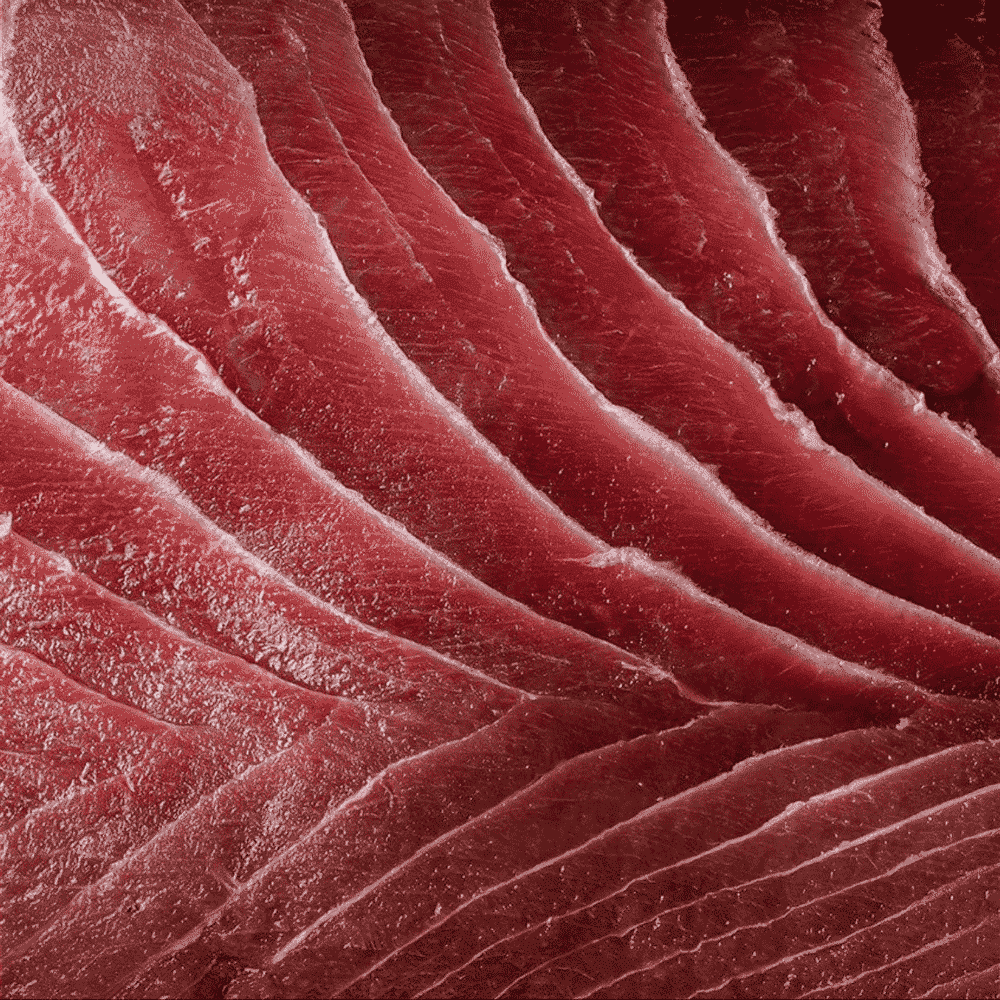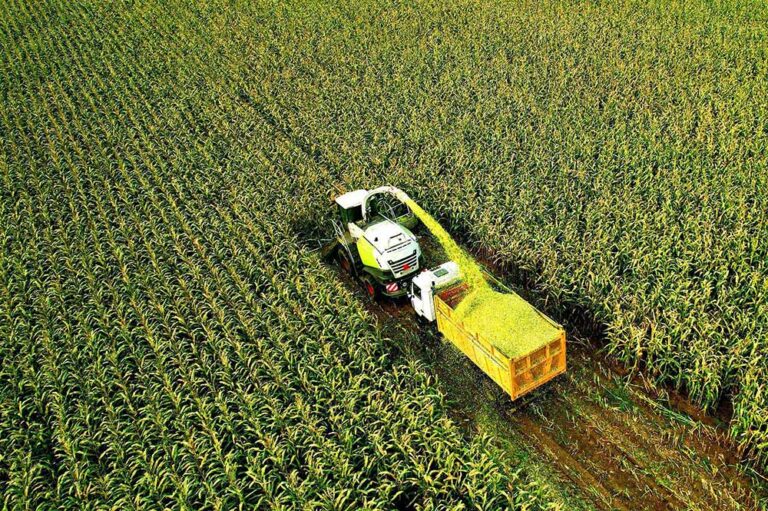The 2024 Coho salmon season concludes with diverging regional trends
Two distinct supply trends become evident as the 2024 coho salmon season draws to a close across Alaska, Canada, and the lower 48 states. Alaska experienced a sluggish start, with landings consistently trailing 2023 levels. Only during weeks 35 and 36 did harvests align with last year’s pace. According to the Alaska Department of Fish and Game, the state harvested a total of 1.66 million coho salmon in 2024, representing a 35% decline from the 2.56 million fish landed in 2023 and a 38% drop compared to the five-year average of 2.71 million fish.
In contrast, the lower 48 and Canada saw a more robust outcome, with coho salmon landings exceeding expectations. In Puget Sound, a forecast of 722,134 fish—30% higher than the 10-year average—indicated a significant improvement. Although final numbers are still being tallied, reports suggest strong landings, with some market participants calling it one of the best southern coho seasons in years, if not decades.
Pricing for fresh H&G coho followed typical seasonal patterns in 2024, beginning at elevated levels due to initial supply limitations, then easing as fishing activity increased throughout the Pacific Northwest. Current price levels reflect a moderate increase compared to the same period last year, though they remain slightly below the broader multi-year average. As the fresh market enters its final phase, the focus is now turning toward frozen H&G coho, where early pricing is beginning to settle within a modest range.
The 2024 coho salmon season highlighted the variability in regional performance. While Alaska struggled with lower landings, the southern regions experienced some of the best results in recent memory. As the market transitions to frozen supply, pricing dynamics will remain a key focus for the industry heading into the latter part of the year.
China activates Australian beef’s safeguard mechanism
China has imposed a 12.0% Most-Favored Nation (MFN) tariff on Australian beef after imports surpassed the Special Agricultural Safeguard (SSG) limit of 178,418 metric tonnes (mt). The announcement was made on Sunday, 6th October, during China’s “Golden Week” holiday, marking the 75th anniversary of the People’s Republic.
This is the fifth time Australia has exceeded the safeguard threshold since 2018, with the new tariff remaining in place until 31st December 2024. The safeguard volume for 2025 will increase to 208,307 mt.
China, the world’s largest beef importer, is also Australia’s fourth-largest beef market year-to-date. While the tariff was expected, exporters have prepared by developing strategies to mitigate the impact, including holding beef in bonded storage and seeking alternative markets.
The China-Australia Free Trade Agreement (ChAFTA), which took effect on 20th December 2015, eliminated tariffs on Australian beef this year. However, China retains the authority to impose a safeguard on beef imports (excluding offal) if they exceed a specified annual limit. Initially set at 170,000 mt in 2017, this safeguard volume will increase incrementally to 249,000 mt by 2031.
US pork exports rose 6.2% year-over-year in August, led by Central & South American gains
On Wednesday, the USDA released its August import/export trade data. The latest report reveals mixed results for U.S. pork exports in August. While overall exports saw a slight decline of 1.1% compared to July, they continued to increase by 6.2% year-over-year.
A notable success was achieved in Central America, where exports surged by 5.9% from the previous month and a remarkable 31.3% from last year, driven by strong demand in Costa Rica, Nicaragua, Panama, Honduras, and Guatemala. The Caribbean region also saw growth, with a 3% increase despite a dip in exports to the Dominican Republic.
South America witnessed the most significant gains, with record-breaking volumes that were only surpassed by those recorded in 2020. Total exports to the region soared by 57.8% compared to July and 86.6% year-over-year, largely attributed to a 61% increase in demand from Colombia. This growth is likely fueled by the US-Colombia Trade Promotion Agreement, which expanded access to U.S. products, and evolving consumer preferences that favor pork as a cost-effective option.
The Asian market presents a more complex picture. Exports to South Korea dipped by 4.4% year-over-year, currently sitting 3.7% below the five-year average. This decline could be linked to elevated prices for popular products like boneless butts, which remained above the 10-year average for much of 2024. Meanwhile, Japan saw a 2.2% increase from July but remains 6.8% below last year’s volumes. China’s demand, though showing a slight August increase of 1.5%, remains below the five-year average, currently 3.4% higher than last year.
For further insights, please watch our most recent red meat webinar replay.
Written by Nick Wood



